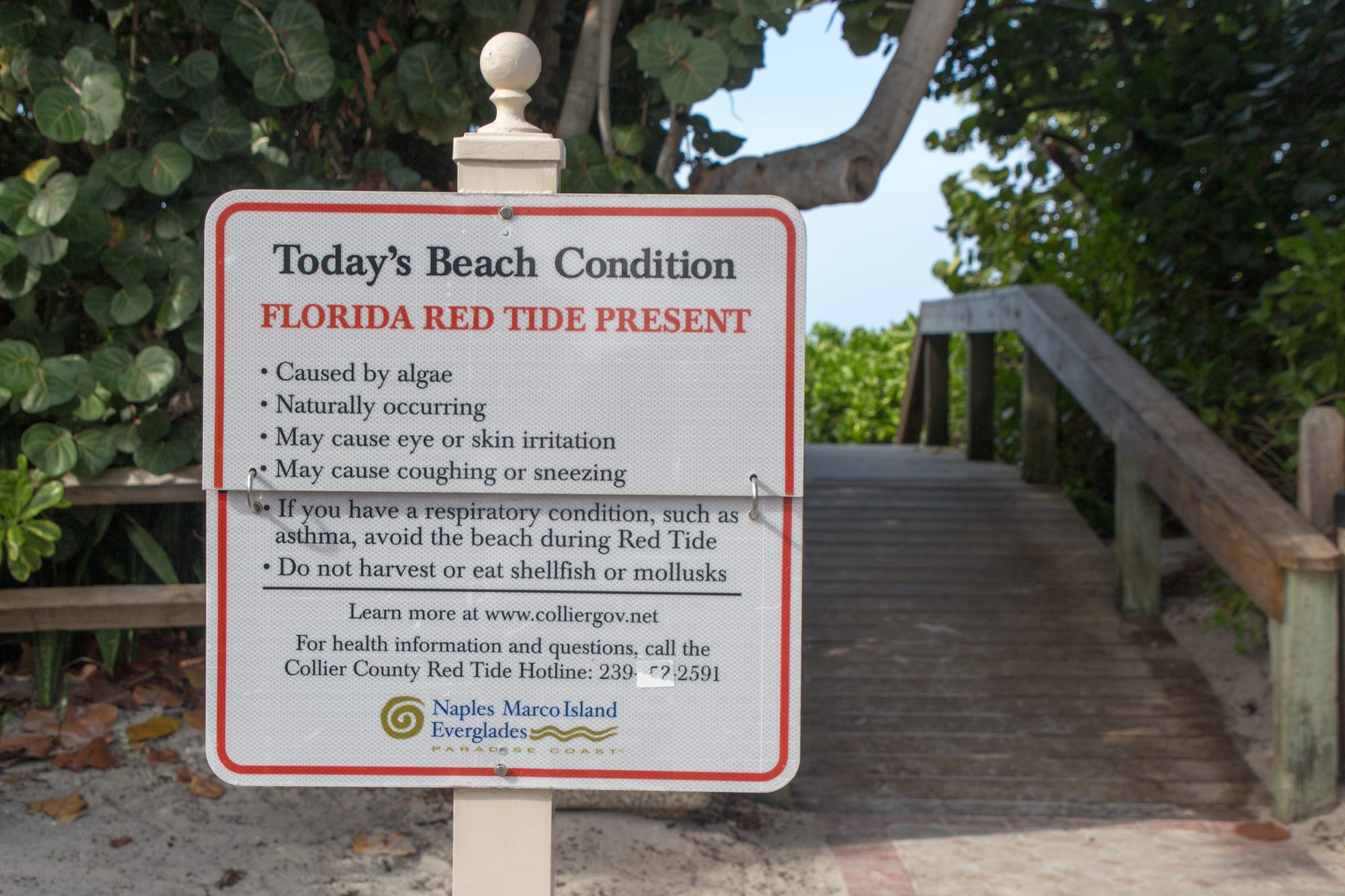
Red tide” is a term used to describe a phenomenon where there is a sudden and rapid growth of certain species of algae, particularly dinoflagellates, that produce red or brown pigments. When these algae bloom excessively, they can discolor the water and give it a reddish or brownish hue. Red tides can sometimes be toxic to marine life and may lead to fish kills and other environmental issues.
Pollution
In some cases, the red color in tides may be a result of pollution. Industrial pollutants, chemical spills, or untreated sewage can contaminate water bodies and alter their color.
If you’ve observed tides turning red in a specific area or locality, it could be due to local factors that may require investigation by environmental authorities. Changes in water color can be an indicator of environmental problems, so it’s essential to monitor and address such occurrences.
Red tide can be harmful to water life and marine ecosystems
Toxins released by red tide algae can be harmful and even lethal to fish and other marine organisms. Large-scale blooms can deplete oxygen levels in the water, leading to fish kills as fish and other aquatic animals suffocate.
Some red tide species produce toxins that can accumulate in shellfish, such as mussels, clams, and oysters. When humans consume these contaminated shellfish, they can experience various types of shellfish poisoning, which can be severe and, in some cases, fatal.
Marine mammals, such as dolphins and manatees, and seabirds can also be affected by red tide toxins. They can get sick or die from consuming contaminated fish or from directly ingesting the toxins.
Red tide events can have significant economic consequences, especially in areas where fishing and shellfish harvesting are important industries. Fishery closures and health concerns over contaminated seafood can lead to financial losses for fishermen and seafood businesses. It also can play havoc on the tourism industry.